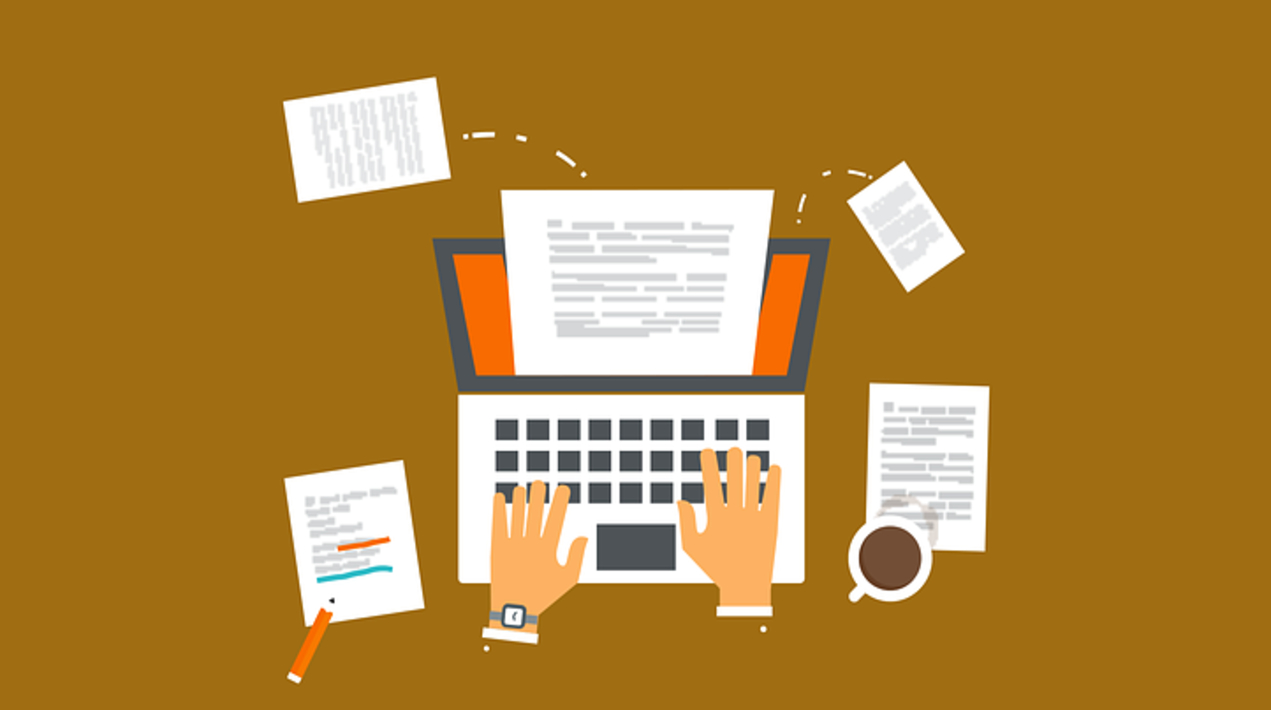
The NSW Government’s Centre for Work Health and Safety is developing an AI risk management tool to manage the workplace health and safety risks that could be introduced through the adoption of AI.
The Centre is building the tool based on over 50 risks identified in two studies commissioned by the centre in partnership with the University of South Australia. The centre is also working with Charles Sturt University to explore how businesses can trust new processes.
According to the Director at the Centre for Work Health and Safety, around 70% of Australian companies are expected to adopt at least one type of AI technology by 2030. It was noted that while AI may provide efficient solutions to business operations, there are new potential work health and safety risks to workers.
The Centre for Work Health and Safety is conducting further research to establish evidence-based actions businesses can take to help address identified risks, while developing a user-friendly AI WHS Risk Management Tool.
The Centre has so far consulted with more than 80 experts from business, government and academia as part of the development of the tool. The feedback and planning that is being undertaken now will go a long way to ensuring workplace safety as the technology becomes available, the Director said.
Ethical use of artificial intelligence in the workplace
The Centre also designed an AI WHS scorecard which is being developed into an interactive risk management tool for businesses. More and more Australian workers are experiencing the introduction of Artificial Intelligence (AI) in the workplace, affecting role design, task allocation, time management, organisational structure, and communication.
While AI can change the work environment significantly, there is limited research that has examined the impact of AI on Work Health and Safety (WHS). There are gaps in the understanding of potential risks and hazards to workers, as well as a lack of resources for assessing and mitigating WHS risks in using AI in the workplace. The research sets out to address the key gaps with the following aims:
- To understand the potential WHS risks related to AI use in the workplace.
- To understand the current WHS management practices of organisations that had recently introduced or were in the process of introducing AI in the workplace.
- To develop a novel risk assessment tool (i.e., an AI WHS Scorecard) to assist businesses in identifying and assessing WHS risks related to the use of AI in the workplace.
The findings suggested that harm from AI use was more likely to impact workers psychologically than physically. However, workers’ physical safety and health might still be impacted if the use of AI influences the intensification of workflows or surveillance in the workplace, causing workers to accelerate their pace of work and thus creating new hazards. The consultations also highlighted expectations that AI would partially automate tedious and repetitive tasks; therefore, impacted employees would have to adapt to new workflows and learn how best to integrate AI solutions into their daily routines.
AI would also be used for work augmentation. That is, employees would improve the quality of their work owing to features and functionalities provided by AI. AI was especially likely to cause deep changes to how organisations schedule or allocate workloads for their employees.
Thus, AI capabilities are starting to take over from traditional managerial tasks, and the consultations highlighted concerns that AI tools might create barriers between workers and managers. This may then challenge WHS, which requires effective communication between workers and managers.
The outcome of this research contributes to a better understanding of AI use in the workplace and its impact on workers. We developed an evidence-based risk assessment tool (i.e., AI WHS Scorecard) and accompanying Protocol, which can help organisations adopt AI with a WHS focus.
















